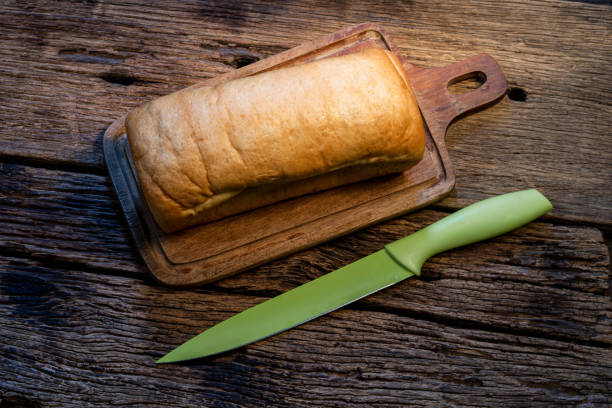Slicer is the English name for a slicing knife. In each national culinary tradition, a knife with a long narrow blade is used for precise cutting of dense meat, fish fillets, sausages, ham, and cheese. “Willow leaf” Yanagiba and “katana knife” Sashimibocho in Japanese tradition, fillet knife in European style, the narrowest scalpel blades in the Brazilian style, serving flexible steak knives all these are slicers. Continuing the section of Tojiro.ru online reviews, today we will analyze in more detail what the slicer knife is intended for and what features it has. You could also consider checking the Samurai Store if you want to buy a Japanese style slicer knife or you could buy Wakizashi.
Narrow blade
The design of the slicer is distinguished by a long narrow blade, the thickness of which is usually less than 2 mm. Blade length 20 – 35 cm allows you to make a smooth or curved decorative cut in one motion, usually towards you. The cut slices stick less to the narrow blade, and on other slicers, notches are applied to wider air pockets.
visit us: How To Choose Kitchen Knives
There are models with both one-sided (for the right hand) and two-sided (universal) symmetrical and asymmetric sharpening. The stable sharpness of the cutting edge and the smoothness of the blade surface are perhaps the main requirements for the cutting part of the knife-slicers. The vast majority of slicer models are made with high-strength stainless steel blades, although there are also carbon steel models for those who like super-sharp sensations. With limited web thickness,
Slicers can cut meat
Slicers can cut meat steaks and beef stroganoff on a plate, cook even cubes of fish fillet for sushi, thin slices for sashimi, cheese, sausage, ham for serving cuts or sandwiches, and neat dessert portions of baklava, halva, gingerbread, and other desserts. At the same time, cutting knives are equally useful both at home and in professional conditions.
For example, the FD-706 model from TOJIRO Service Knife can be used at home with meat dishes as a serving dish, as well as in the kitchen of a restaurant, cafe, fast food, or catering department, because this is a high-tech masterpiece from the classics of the Japanese knife industry for ultra-thin accurate scalpel cutting
- single-layer narrow flexible blade 1.6 mm thick, 23 mm wide, made of high-strength Mo-V 18-8 powder stainless steel with edge hardening up to 58 HRC units, and an elastic penetrating tip;
- hygienic anti-corrosion stainless surface of the blade is processed by a special method of slow grinding, graceful transverse air pockets are applied to prevent sticking of the cut;
- special multi-level hardening of the blade and ultra-sharp sharpening of the cutting edge at an angle of 15 degrees up to #9000 units;
- monolithic lightweight handle made of stainless alloy, with diagonal knurling and hand rests on both sides proprietary know-how;
- ideal blade length of 190mm for maximum operating capacity, with a total length of 320mm, the weight is only 130 grams like a super-sharp nib in the hand of a craftsman;
- elegant line design is equally attractive for both women and men, FD-706 can be a great gift for housewives or professional chefs.
Japanese models of slicers and traditional knives for slicing Yanagiba, Sashimibocho, and Takobiki – for cooking octopus, are essential attributes of the Far Eastern cuisine with sushi and sashimi known to everyone.
Read More: Top Best Folding Knife
These models of knives are quite expensive in themselves since they are used for demonstrative work of the cook and require particularly high-quality execution of the elements. Of course, the highest quality grades of hand-cut tool steels are used to make the blades.
knife handles
In the production of knife handles of round, oval, and hexagonal transverse shapes, in addition to standard options made of steel, micarta, plastic, wood, fittings made of precious metals, and wood of rare expensive species such as grenade, snake tree, black blackwood can be used. Another Japanese tradition of knives of this class is distinguished by the one-sided asymmetrical right-hand sharpening of blades for a perfectly flat cutting plane. Double-sided sharpening is often used by Japanese manufacturers in the export series of European-style models.
Care of slicer knives
A few modest practical recommendations for the care of slicer knives. The initial sharpening of a new knife must be kept in perfect condition for as long as possible, and this requires careful handling of the blade during operation, washing, and storage. The blade should not be allowed to touch other metal objects, and it is better to wash it immediately after use, manually, with warm water, without the use of harsh detergents and abrasives.
Read Other: Which steel knife to choose?

